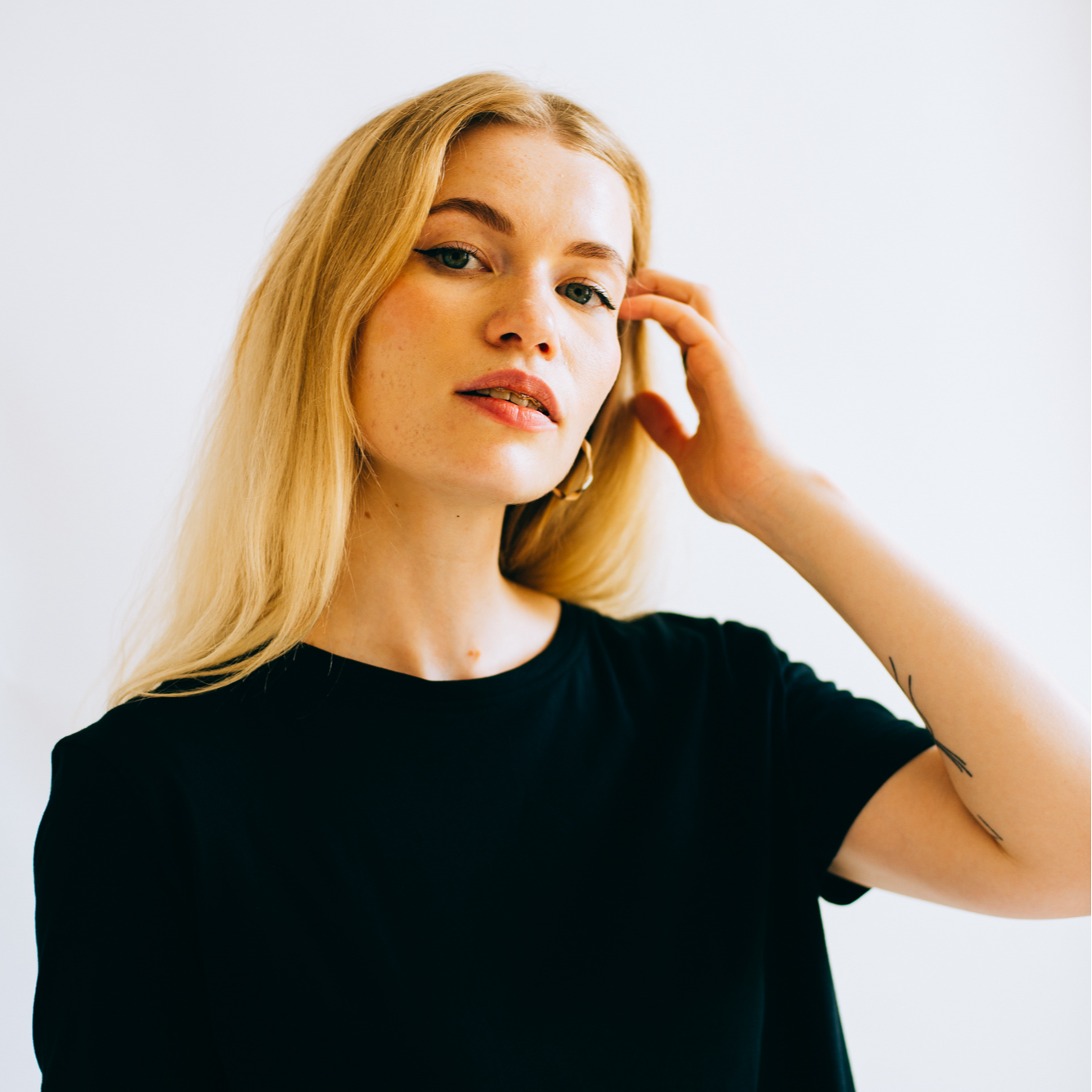Audio Presented by

Co-founder & CEO of AI photo editing company Let's Enhance and an end-to-end automated image processing platform Claid
About Author
Co-founder & CEO of AI photo editing company Let's Enhance and an end-to-end automated image processing platform Claid